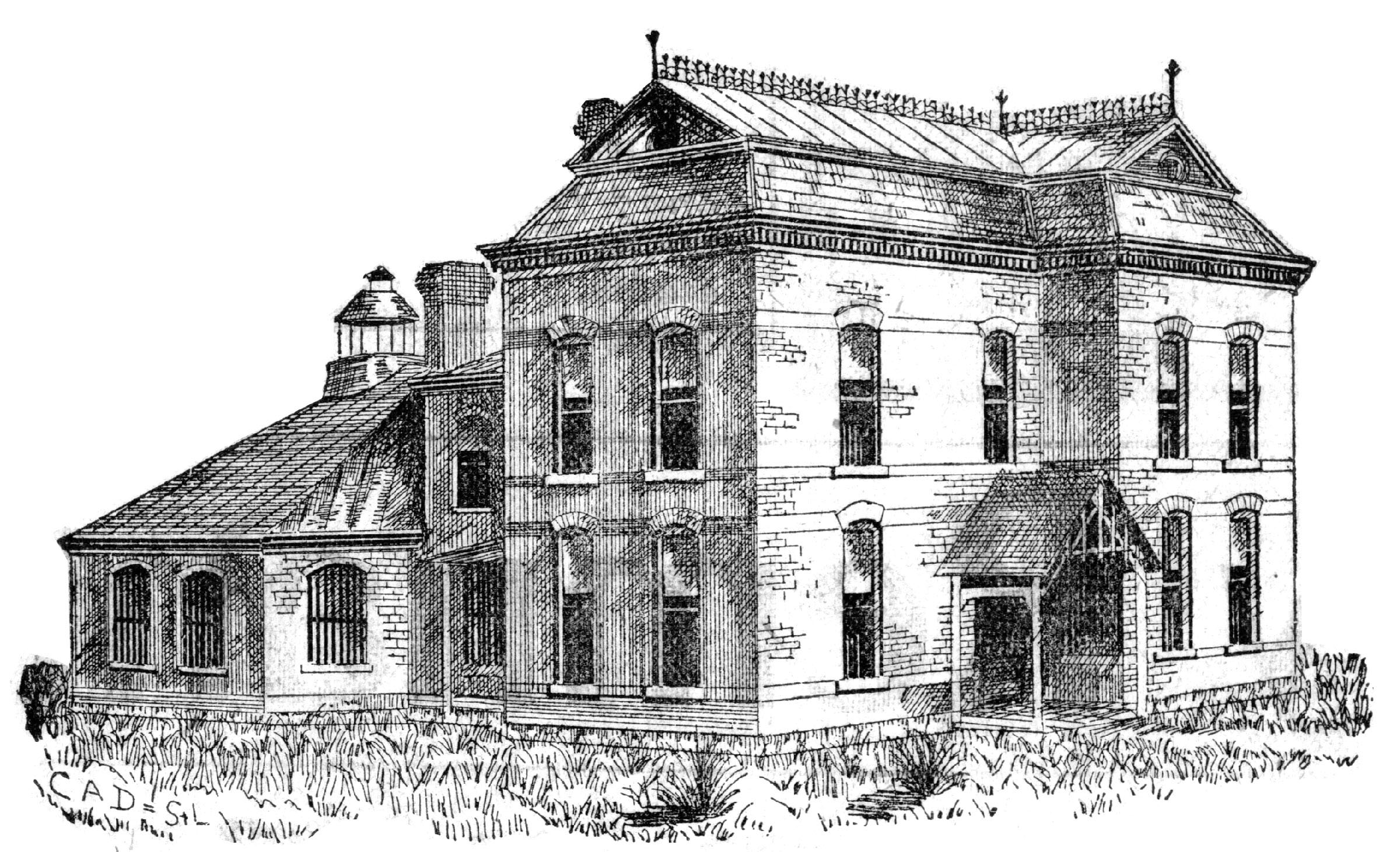In 1928 fire consumed the Connell Warehouse, threatening the entire east side of the Gallatin business square. The rear end of every building located across the alley from the warehouse was on fire a number of times that fateful night, but hard work and action by local fire fighters kept the flames from spreading.
The warehouse, also known as the George Aid warehouse, was located on East Jackson street — just east of what was then the Gallatin post office. The building was used by the C.K. Connell Hardware Company for storage, a building previously owned by N.G. Cruzen. The origin of the fire was unknown.
Nightwatchman Bill Runnels discovered the blaze at 2:30 a.m. May 16, 1928, and some time passed before a body of men could respond to fight the fire. The fire gained such headway that chemicals were of no benefit, so as quickly as possible four streams of water were employed. The rear end of every building located across the alley was on fire a number of times. Druggist Don R. King says when he arrived on the scene, all he had any hopes of saving was his books and records. The first thing C.K. Connell did upon entering his store was to remove some dynamite and caps from the rear of the place, then attach a garden hose to an inside faucet and put out the fire which had caught around the door and windows.
The fire alarm in Gallatin at this time was inadequate. Many merchants whose place of business was threatened had to be called by telephone or someone sent to their homes, although not much could be done by anyone. After the fire was out, community leaders called for the mayor and city council to condemn wooden buildings erected at the rear end of business buildings.
Several fire fighters received praise for exemplary effort, especially A.F. Seller and E.S. Gregory who faced a burning heat and flying sparks and cinders to play the first stream of water on the fire. Joe Tate and Max Venable supplied the fighters with chemical tanks which were very useful in putting out fire around window sills and casings without breaking the glass or damaging fixtures within.
The warehouse building and its contents were a total loss; the loss of machinery alone is estimated at $3,000 to Connell Hardware.
— reprinted from the Gallatin Democrat, May 17, 1928

